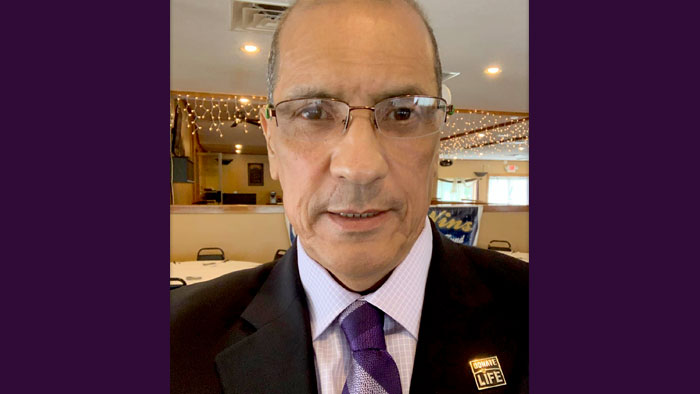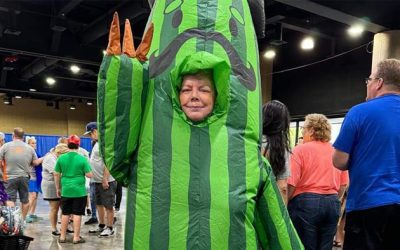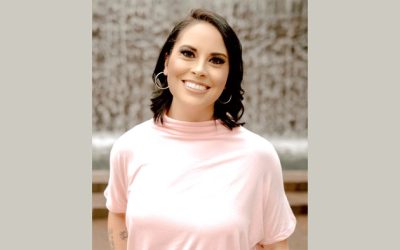After being diagnosed with cirrhosis of the liver due to hepatitis C, I was placed on the transplant waiting list in 2002. A 10-month wait ensued, during which time my condition worsened. Before you are lucky to receive an organ you are really sick and your quality of life is greatly diminished. I was in constant pain and very tired. I spent most of the time either hospitalized or sleeping. Mentally I was confused and nothing really made sense.
On July 21, 2003 I received the call that a liver was available. I knew that either a family was following the wishes of their loved one to be an organ donor or they believed their loved one would have wanted to give life to others.
Discharged from the hospital just nine days after the transplant, I was able to go home and start on the road to recovery. Slowly I could feel my body regenerating itself. In about three months I felt like my old self again. The liver transplant turned out to be among my greatest blessings. Given a rare second chance at life, I since embarked on a new mission and purpose—to help educate the community about organ donation and transplant, as well as providing comfort, support and comradery to fellow transplant patients.
Even before I received my own transplant, I seemed to know that there was a need in Rochester’s Donate Life community a calling that I could help fill. I was sitting across the table from my surgeon, listening to the prognosis, how contingent on and rare that there would be a viable liver available, given that participation in the organ donor registry is so low. I asked him right then if there was anything I could do to help change that. So, after my transplant, I began volunteering with the Rochester Eye and Tissue Bank, now the Lions Eye Bank at Rochester, educating the public about organ donation and encouraging people to sign up for the Organ Donor Registry at various community events.
One of the more remarkable ways I gave back to our community was securing an apartment half through donation and personally paying the remaining balance. I then worked with the social workers to provide for families to stay near their loves ones while waiting for transplant surgery. From 2004 to 2010 more than 105 families from throughout the region were able to avoid hotel cost or what might have otherwise been a stressful daily commute from outlying areas.
By June 2004, while I was busily helping raise awareness and getting folks registered as organ donors, I also expanded an official volunteer program with SMH’s Friends of Strong to help comfort and provide comradery to inpatient patients and families who were now experiencing the same transplant journey that I did and my family had also travelled. Since then, I volunteered countless hours at Strong Memorial Hospital to make their lives just a little more bright. This program, with leading the charge, now includes 12-20 volunteers at any given time—all of whom are fellow organ transplant recipients and uniquely able to provide comfort, hope and inspiration to those who face the same daunting obstacles much like they themselves have overcome.
For 15 years, I has also volunteered for the Finger Lakes Donor Recovery Network (FLDRN) where I work at community and hospital based donor enrollment events, recruiting FLDRN volunteers through work at SMH; and providing state advocacy services and conducting television and radio interviews. I also served as a rider on Donate Life of America’s 2014 Donate Life Float in Pasadena, California. In 2018, I received the National Jefferson Award for Public Service, which is referred to as the “Nobel Prize” for public and community service.



